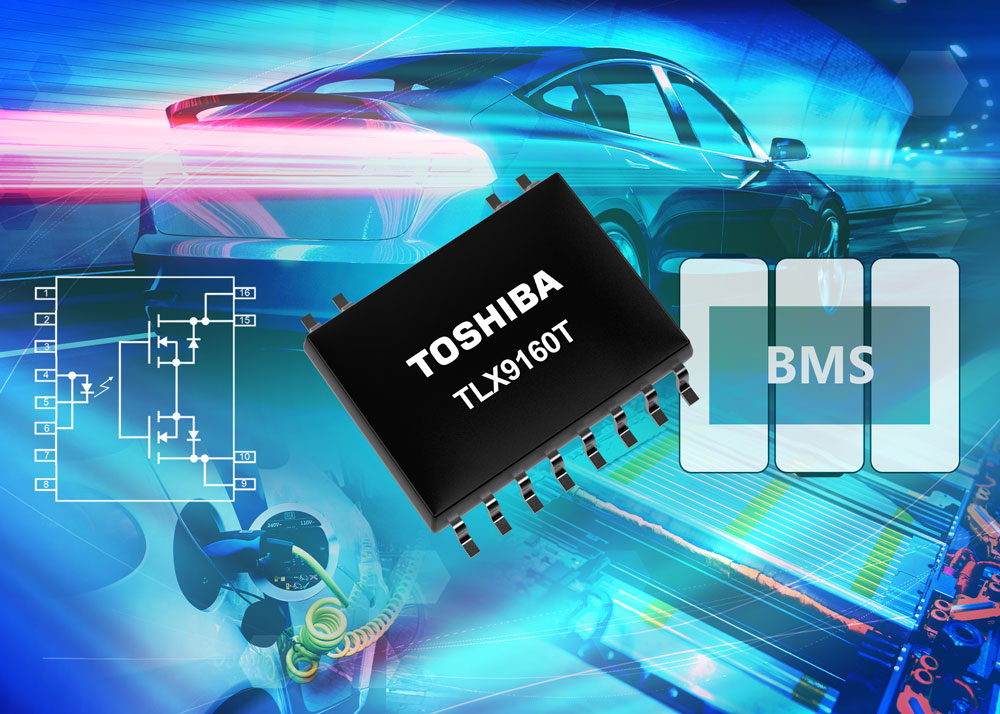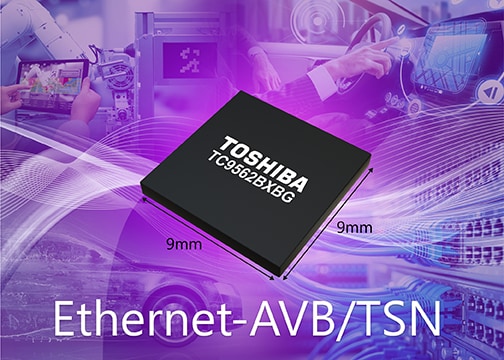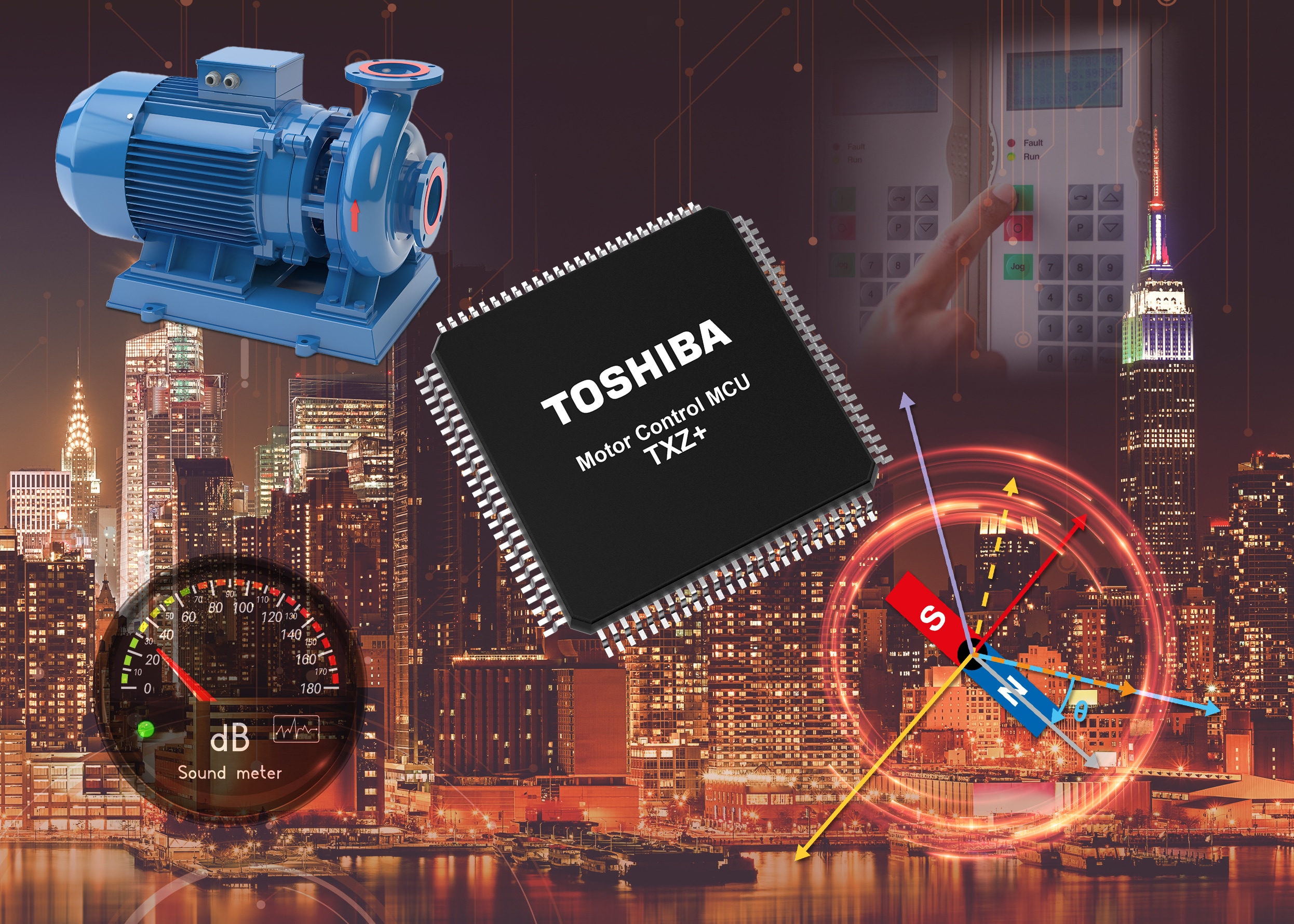- General Top
- SEMICONDUCTOR
- STORAGE
- COMPANY
-
My ToshibaSemicon
- Semiconductor Top
-
ApplicationsAutomotive
Body Electronics
xEV
In-Vehicle Infotainment
Advanced Driver-Assistance Systems (ADAS)
Chassis
IndustrialInfrastructure
BEMS/HEMS
Factory Automation
Commercial Equipment
Consumer/PersonalIoT Equipment
Healthcare
Wearable Device
Mobile
Computer Peripherals
-
ProductsAutomotive Devices
Discrete Semiconductor
Diodes
Transistors
Logic ICs
Analog Devices
Digital Devices
Wireless Devices
※
: Products list (parametric search)
Power SemiconductorsSiC Power Devices
※
: Products list (parametric search)
Isolators/Solid State RelaysPhotocouplers
Digital Isolators
Solid State Relays
Fiber Optic Transmitting Modules
※
: Products list (parametric search)
MOSFETsIGBTs/IEGTsBipolar Transistors※
: Products list (parametric search)
Diodes※
: Products list (parametric search)
MicrocontrollersMotor Driver ICsIntelligent Power ICs※
: Products list (parametric search)
Power Management ICsLinear ICs※
: Products list (parametric search)
General Purpose Logic ICsLinear Image SensorsOther Product ICsOther Product ICs
※
: Products list (parametric search)
-
Design & Development
Design & Development
Innovation Centre
At the Toshiba Innovation Centre we constantly strive to inspire you with our technologies and solutions. Discover how to place us at the heart of your innovations.
-
Knowledge
Knowledge
Highlighted Topics
Further Materials
Other
- Where To Buy
- Part Number & Keyword Search
- Cross Reference Search
- Parametric Search
- Stock Check & Purchase
This webpage doesn't work with Internet Explorer. Please use the latest version of Google Chrome, Microsoft Edge, Mozilla Firefox or Safari.
require 3 characters or more. Search for multiple part numbers fromhere.
The information presented in this cross reference is based on TOSHIBA's selection criteria and should be treated as a suggestion only. Please carefully review the latest versions of all relevant information on the TOSHIBA products, including without limitation data sheets and validate all operating parameters of the TOSHIBA products to ensure that the suggested TOSHIBA products are truly compatible with your design and application.Please note that this cross reference is based on TOSHIBA's estimate of compatibility with other manufacturers' products, based on other manufacturers' published data, at the time the data was collected.TOSHIBA is not responsible for any incorrect or incomplete information. Information is subject to change at any time without notice.
require 3 characters or more.
Photorelays are the best choice for EV BMS applications
Smaller size, greater reliability and no risk of contact shorting

EVs contain high voltages which tends to make mechanical relays the technology of choice. The primary downside is the concern that the physical contacts could ‘stick’, causing a dangerous fault, such as a short circuit.
Although less capable in terms of voltage / current, semiconductor-based relays (such as photorelays) do not have this issue as they have no moving parts, thereby enhancing safety. Their flexibility is an added bonus, permitting use in a wider variety of applications.
Photorelays are not that complex, consisting of a light emitter (typically an infrared LED) on the primary side which illuminates when a voltage is applied. This is paired with a light receiver (often a photodiode array) on the secondary side that switches the output MOSFETs when light is present.
The limited current handling capacity of photorelays often leads to them being overlooked in favour of mechanical relays. However, there are many useful attributes. As solid-state devices, there is no wear mechanism, so lifetime and reliability are enhanced. This removes the need for routine maintenance / replacement, so costs are improved. Additionally, the small size of photorelays (and their reduced weight) makes them easier to integrate into space constrained applications – such as EVs.
The automotive industry is increasing battery voltages to 800V, and beyond. This results in better efficiency, smaller size and more rapid charging but means that photorelays must be able to withstand voltages at this level.
Higher voltages mandate enhanced safety for vehicle occupants. One key use for photorelays is detecting ground faults, safeguarding occupants against the risk of electric shocks. A significant short circuit might cause a fire and would certainly drain the battery, so protection here is also essential.
The EV is completely reliant upon the battery. For this reason, batteries are usually monitored at the cell voltage level via the battery management system (BMS). This is not an application where mechanical relays can be used, due to their open/close contact limitations and relatively slow switching speeds.
Toshiba has published a white paper on high voltage photorelays in automotive applications – to download your free copy, please click here:






